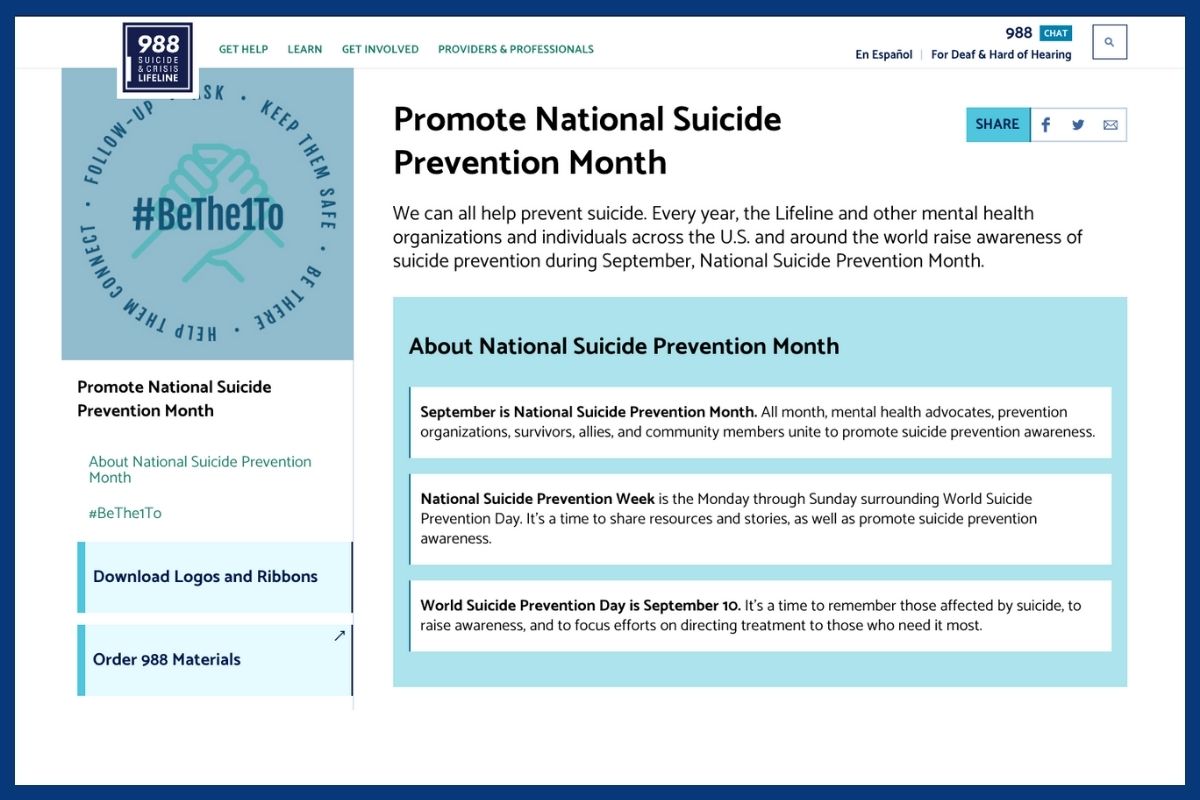September is an important month on our calendar. It’s National Suicide Prevention Month, a vital time to draw attention to an issue that has profound implications for families. As an organization committed to helping families support their children’s mental health, we at Families as Allies feel it’s critical to spotlight suicide prevention.
According to the CDC, suicide claimed over 48,000 lives in 2021. It’s the second leading cause of death for children 10-14. While always tragic, suicide is often preventable when warning signs are recognized. These signs include talking about wanting to die, feeling hopeless or trapped, displaying extreme mood swings, and giving away important possessions.
If you notice these signs in someone, please act immediately by calling or texting 988 to reach the 988 Suicide & Crisis Lifeline, which offers 24-hour, confidential support. For life-threatening situations, call 911.
If you suspect someone is contemplating suicide, there are five steps that the NIMH recommends you take: Ask, Keep Them Safe, Be There, Help Them Connect, and Stay Connected. These actions range from directly asking about suicidal thoughts, which studies show doesn’t increase suicidal thoughts, to helping the person make a safety plan. You can reduce the individual’s access to lethal items and help them connect with a mental health professional. Follow-up contact (“staying connected”) can also significantly reduce suicide risk.
Suicidal behavior has no single cause; it often stems from a complex mix of factors, including mental health conditions, substance use, chronic pain, and stressful life events. Various treatments are available for at-risk people, including cognitive behavioral therapy (CBT), dialectical behavior therapy (DBT), and medication. The NIMH says collaborative care models can also be effective by getting a team of healthcare providers working together.
If you’re unsure where to get mental health support, consult your healthcare provider or use resources like the Substance Abuse and Mental Health Services Administration’s online treatment locator.
By spreading awareness and understanding, we can all contribute to suicide prevention. For more resources and information, visit the Suicide Prevention topic page at the National Institute of Mental Health and Suicide Facts at the CDC.

